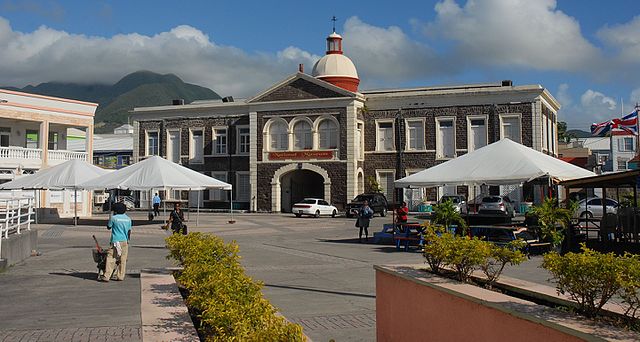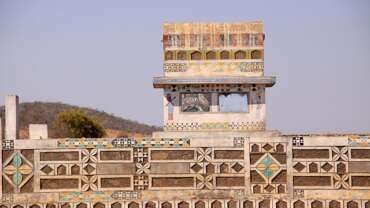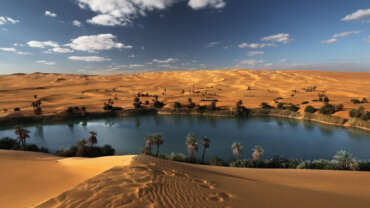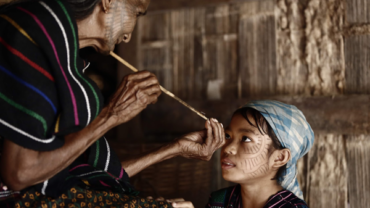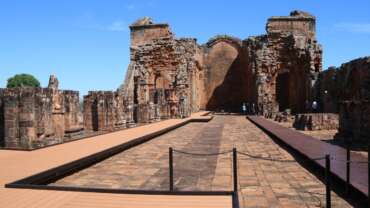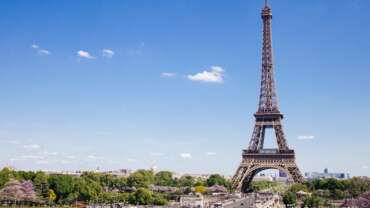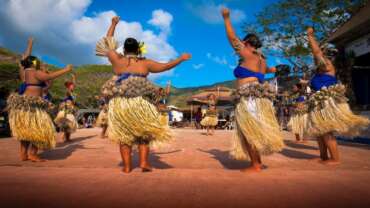Welcome to St. Kitts - Follow your hearts!
Saint Kitts and Nevis is a dual-island nation situated between the Atlantic Ocean and Caribbean Sea. It’s known for cloud-shrouded mountains and beaches. Many of its former sugar plantations are now inns or atmospheric ruins. The larger of the 2 islands, Saint Kitts, is dominated by the dormant Mount Liamuiga volcano, home to a crater lake, green vervet monkeys and rainforest crisscrossed with hiking trails.
There are many reasons to journey to our island of a thousand treasures. To splash in warm, iridescent waters along pristine island shores. To dive ancient shipwrecks and virgin coral reefs. To sway to a soca beat, sipping local rum around a bonfire on the beach. St. Kitts is small enough to see in a day, and big enough to explore for a lifetime.
History of Saint Kitts and Nevis
Early settlement
Christopher Columbus visited Saint Kitts on his second voyage in 1493 and found it inhabited by Carib people. He named it Saint Christopher for his patron saint. The name was shortened to Saint Kitts by settlers under Sir Thomas Warner, who, arriving from England in 1623, established the first successful English colony in the West Indies at Old Road on the west coast. The French first arrived on the island in 1625 and established a colony of their own in 1627 under Pierre Bélain, sieur d’Esnambuc. Divided during the 17th century between warring French and English colonists, Saint Kitts was given to Britain by the Treaty of Utrecht of April 1713 and remained in British possession despite the capture in 1782 of Brimstone Hill by the French. The island was restored to Great Britain by the Peace of Paris treaty signed by Britain and France at Versailles in 1783.
Nevis was also sighted by Columbus in 1493. The island’s name derives from Columbus’s description of the clouds atop Nevis Peak as las nieves, or “the snows,” when he sighted the island. It was settled by the English in 1628 and soon became one of the most prosperous of the Antilles. Although it suffered from French and Spanish attacks in the 17th and 18th centuries, it maintained a sound economic position until the mid-19th century.
Federation and independence movements
The islands of Saint Kitts, Nevis, and Anguilla were united by federal act in 1882 and became an independent state in association with the United Kingdom on February 27, 1967. The islands were granted full internal self-government, with the United Kingdom retaining responsibility for defense and foreign affairs.
After the islands had assumed the status of associated states, Anguilla complained of domination by the Saint Kitts administration. In May 1967 the Anguillans ejected the Saint Kitts police and established their own council. In July of the same year, they proclaimed their independence. After unsuccessful negotiations, the Anguilla Act of July 1971 placed Anguilla directly under British control. On February 10, 1976, Anguilla was granted a constitution, and its union with Saint Kitts and Nevis was formally severed in 1980.
A constitutional conference was held in London in 1982, and, in spite of disagreement over special provisions for Nevis, Saint Kitts and Nevis became independent on September 19, 1983. A drop in world sugar prices hurt the nation’s economy through the mid-1980s, and the government sought to reduce the islands’ dependence on sugar production and to diversify the economy.
Kennedy Simmonds, the first prime minister of the independent Saint Kitts and Nevis, remained in office until 1995, when his People’s Action Movement was defeated decisively by the Saint Kitts–Nevis Labour Party (SKNLP). One of the early issues in the administration of the new prime minister, SKNLP leader Denzil Douglas, was a secession movement on Nevis. A referendum was held there in 1998 on the question of independence for the island, but it fell short of the two-thirds majority needed to secede. The nationalized sugar industry continued to slump and, after years of operating it at a loss, the government closed it down after the 2005 harvest. Tourism and the hosting of offshore financial and service companies became the leading income producers in the country’s economy. Douglas won reelection in 2000, 2004, and 2010 but was defeated in 2015 by Team Unity, a coalition of opposition parties led by former foreign minister Timothy Harris, who became the new prime minister.
People of Saint Kitts and Nevis
The population is largely black, with a small mulatto (of mixed African and white heritage) minority. There are also very small South Asian and white groups. More than two-thirds of the population lives in rural areas. The official language is English. The main religious denominations are Anglican and Methodist, with a smaller number of Roman Catholics. Both Saint Kitts and Nevis have traditionally had high levels of emigration, offsetting natural increases and enabling the islands to maintain a fairly stable population. About two-thirds of the population is between the ages of 15 and 59.
Land of Saint Kitts and Nevis
Land
Saint Kitts is 23 miles (37 km) long and 5 miles (8 km) wide, is oval in shape, and has an area of 68 square miles (176 square km). A volcanic mountainous ridge down the centre forms a semicircle around a plain in the southeast. Mount Liamuiga (formerly Mount Misery), with a lake in its forested crater, is the highest point (3,792 feet [1,156 metres]). The soil—except in the mountains—is light and porous. Most of the beaches are of black volcanic sands. The island is well watered and fertile, with warm summers and somewhat cooler winters. The average summer temperature is about 86 °F (30 °C) and the average winter temperature about 81 °F (27 °C). The annual precipitation averages 55 inches (1,397 mm), and the rainy season is from May to November.
Nevis, surrounded by coral reefs, lies 2 miles (3 km) southeast of Saint Kitts across a channel known as The Narrows. The island is circular, and it consists almost entirely of a mountain, Nevis Peak (3,232 feet [985 metres]), which is flanked by the lower Round Hill (1,014 feet [309 metres]) on the north and by Saddle Hill (1,850 feet [564 metres]) on the south. Its area is 36 square miles (93 square km). The soil of Nevis is clay studded with volcanic boulders. The climate is similar to that of Saint Kitts. Both Nevis and Saint Kitts lie in a tropical hurricane (tropical cyclone) belt; hurricane season is between August and October.
Gone Limin - LIKE ONLY KITTITIANS KNOW HOW
IT’S OUR UNIQUE BRAND OF LAID-BACK
Down here we have a special brand of kicking back and relaxing… we call it limin’! You’ll know you’re limin’ St. Kitts style when you’re soaking up the sun on Cockleshell Beach. When you’re lounging on a sailboat anchored in the middle of a turquoise ocean. And you’re really limin’ like the locals when you put your feet in the sand at a Reggae Beach Bar, sip on a Ting with a Sting and dance the night away. Here, you’ll soon discover your favorite way to lime.



